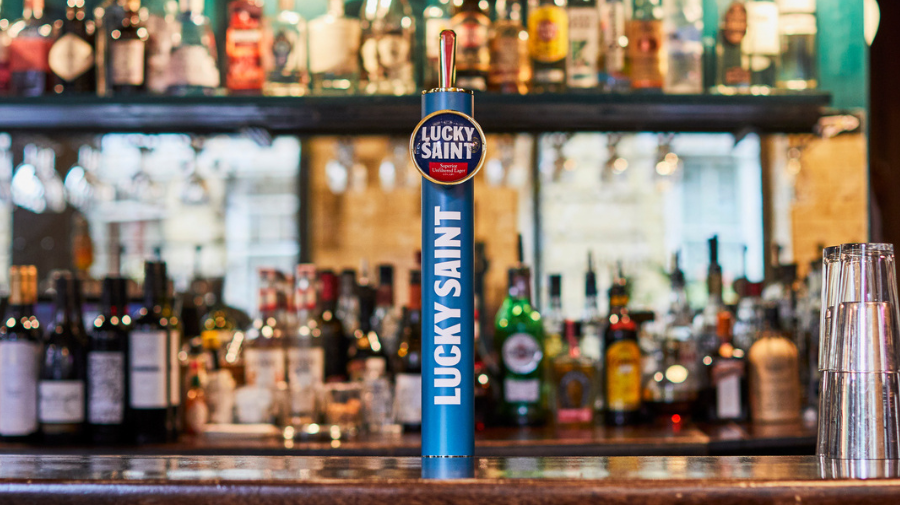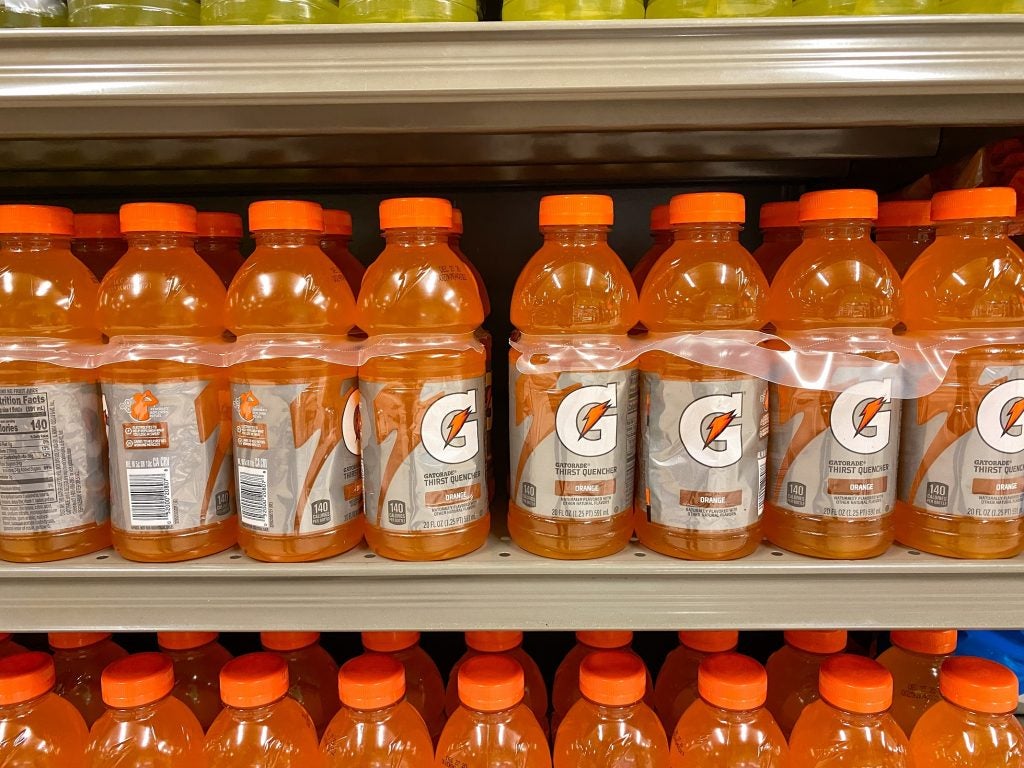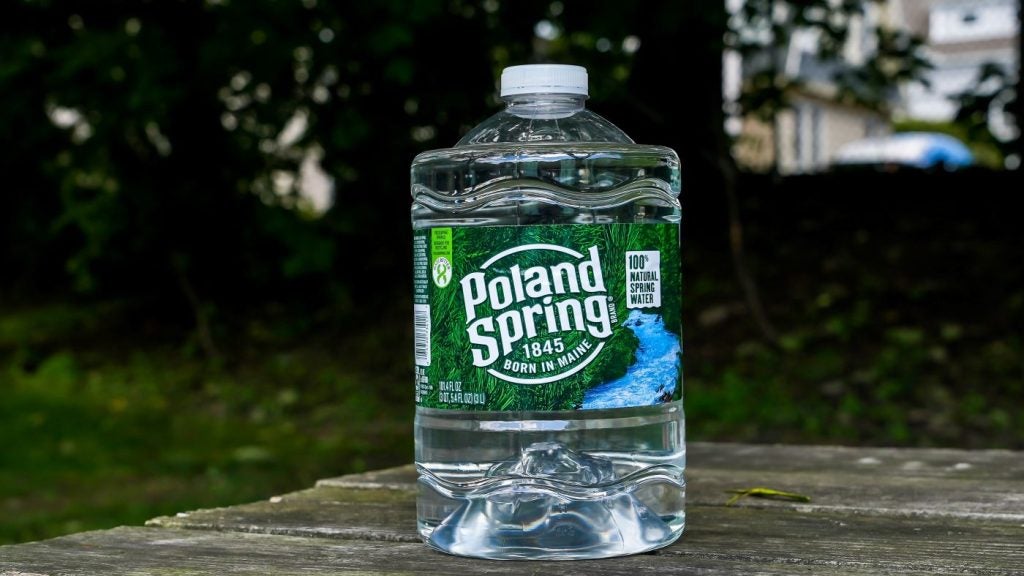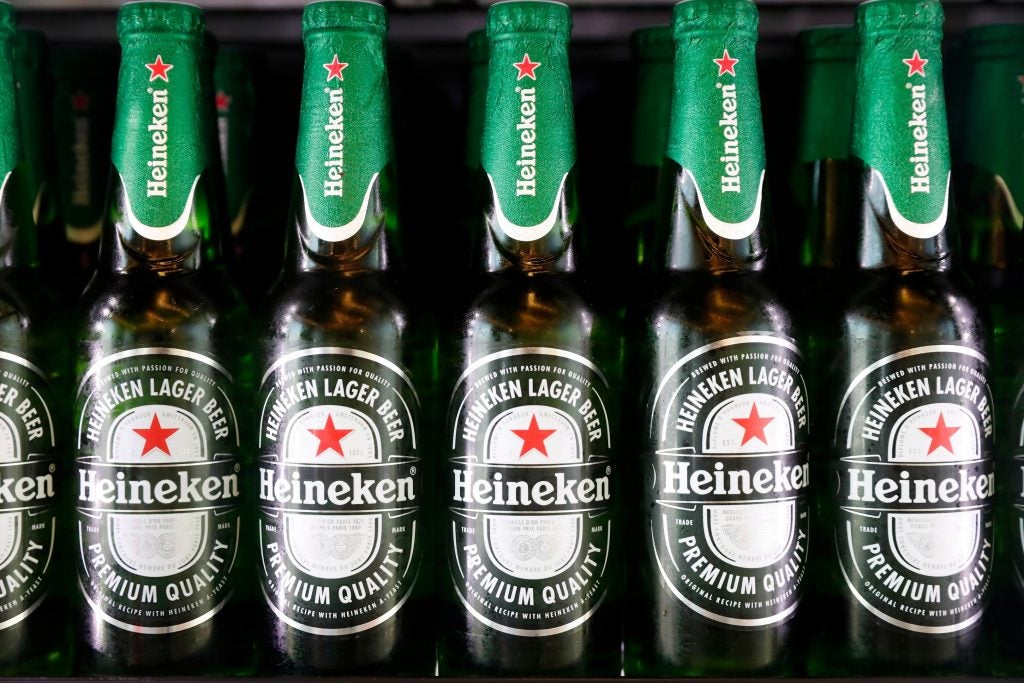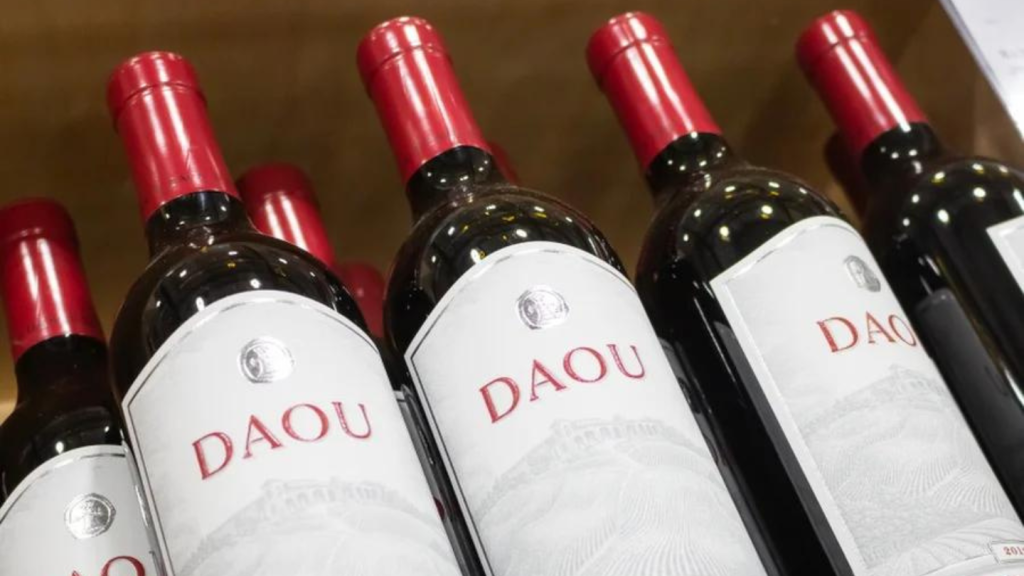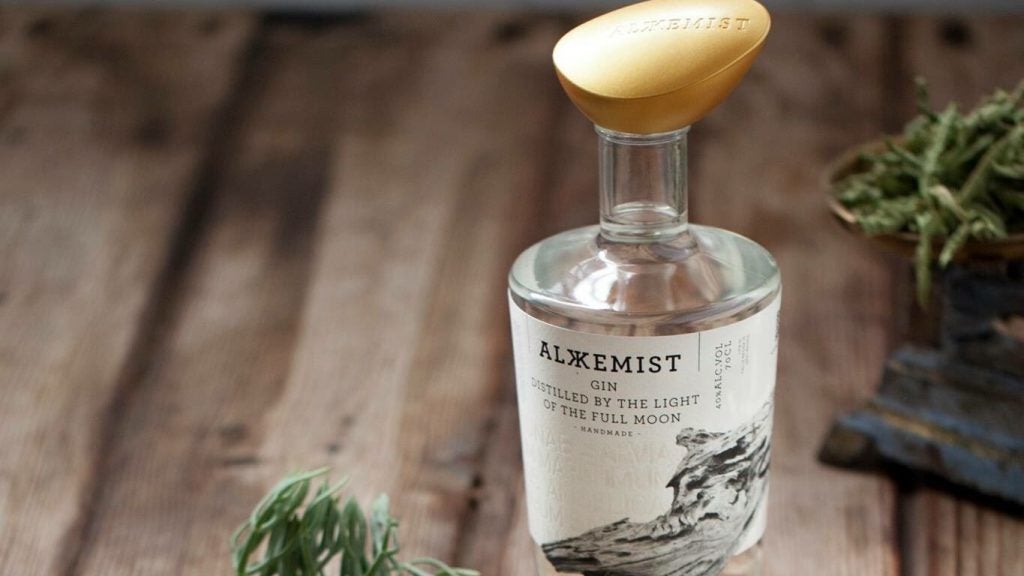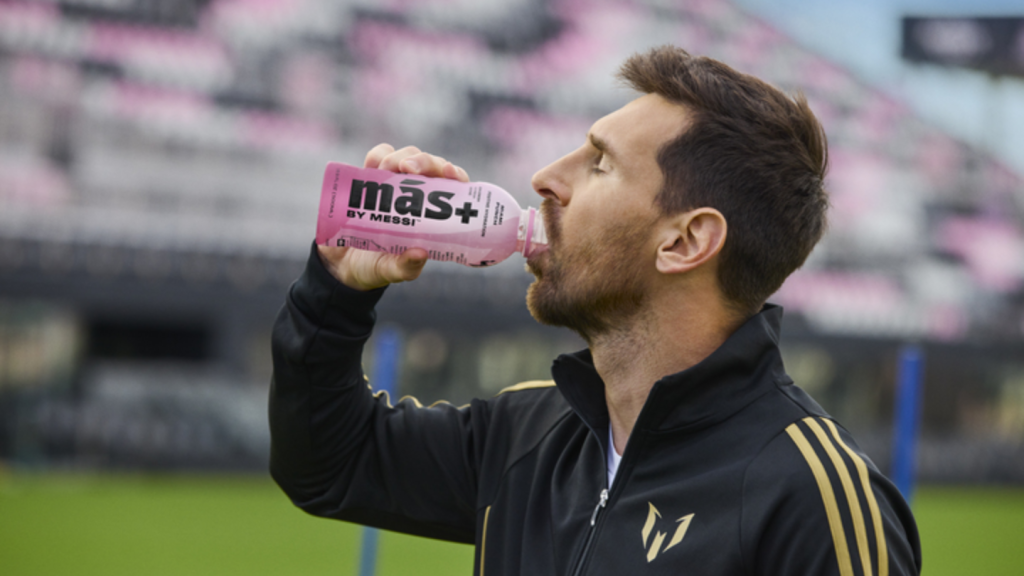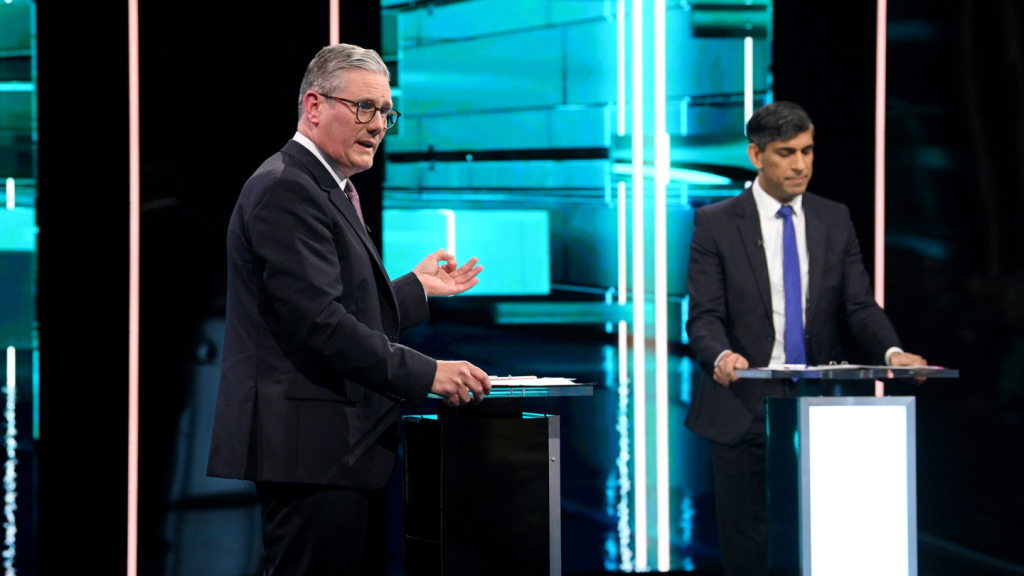The latest annual report into the UK’s low-and-no market by the research consultancy KAM provides sobering reading for the drinks industry. Literally.
Produced in association with UK-based alcohol-free beer brand, Lucky Saint, the report – now in its fifth year – is one of the most comprehensive analyses of the low-and-no space in a tier-one drinks market.
And, while its findings might be specific to the UK, in a field that remains generally light on in-depth data, the findings are seen as a bellwether for consumer behaviour in other countries.
This year’s report revealed two key takeaways.
Firstly, consumers are drinking less and less alcohol, with the trend for moderation showing no sign of stopping.
“Gone are the days when alcohol-free drinks were just for designated drivers,” Lucky Saint founder Luke Boase says. “We’re seeing a rapid cultural shift in attitudes towards alcohol.”
Rapid indeed. The second key finding in the report is the tardiness of hospitality (in particular) and retailers in adapting to this change is seeing them miss out on potentially tens of millions of pounds of lost sales.
The 2024 report was put together following interviews with 2,000 UK adult consumers in March and its findings on attitudes to drink are unequivocal: UK consumers are drinking significantly less alcohol than they did just a few years ago.
While there is a growing fashion for abstention, particularly among younger consumers – around one in five 18- to 24-year-olds claim not to drink at all – the main driver for the UK’s declining alcohol consumption is not teetotalism but moderation.
Drinkers under the age of 55, in particular, are far more likely to drink less often or, if they do drink, more moderately than previously. Just 4.7m Brits drink above the weekly recommended limit of 14 units a week now, compared to 8.3m in 2021.
Three-quarters of UK adults (equivalent to almost 40m people) claim to be moderating their alcohol consumption to some extent in 2024, and while the over-55s are the least active in this space, it is still a trend that runs across the age groups.
Monthly events such as Dry January and Stoptober have proved effective at getting consumers used to socialising without alcohol, while the burgeoning number of alcohol-free adult drinks has made the process significantly more enjoyable than would have been the case ten years ago.
The number of people trying different alcohol-free drinks for the first time is going up, as (significantly) is the number who have drunk them at least once a month, which suggests there’s ‘stickiness’ in the category. Twenty-five per cent of UK adults say they are drinking low-and-no products more often than 12 months ago.
The motivations might be different – for older drinkers it’s mostly about improving physical health. For those sub-35, it’s more about fitness, mental health and staying in control of their behaviour but the trend is established across the population.
“Moderation,” the report concludes, “is now a changed behaviour, not a fad. As time goes on we are likely to see a greater flattening of the curve through the year as moderation becomes a more ingrained habit.”
One of the most eye-catching statistics is one in three visits to an on-trade venue in the UK is alcohol-free.
These changes are affecting socialising. Where bars and pubs used to be almost entirely about the alcohol, the last five to ten years have seen a rise in experience-led venues, focusing on activities such as darts, bowling and crazy golf, that give their (mostly younger) guests experiences they can’t easily replicate at home.
But, even in the wider on-trade, alcohol seems to be moving further into the background. One of the most eye-catching statistics from this year’s KAM/Lucky Saint report is one in three visits to an on-trade venue in the UK is alcohol-free – 30% for pubs/bars and 42% for restaurants. Both of these figures are higher than in 2020.
The numbers are even higher for visits that mix alcoholic and non-alcoholic drinks on the same night: 60% for bars and 72% for restaurants. Going out, in other words, is no longer about consuming booze from gun to tape – particularly for consumers under 34.
This is something the trade has been slow to grasp.
“We just don’t realise how many people are not looking for alcohol on a visit,” admits Cyril Francoise, bar manager for the Soho House group.
The most popular techniques for incorporating non-alcoholic drinks into a night out are ‘book-ending’ – starting and ending the night with a non-alcoholic drink – and ‘zebra-striping’, when drinkers alternate alcoholic and non- throughout the evening.
These techniques are particularly popular for consumers under the age of 34. What this means, crucially, is that while younger drinkers might be drinking less alcohol, they are not necessarily having fewer drinks.
That’s the good news. The bad news is that both retail and on-trade venues’ low-and-no ranges rarely come even close to matching their alcoholic options.
This costs hospitality new business (two in three UK drinkers say that the choice of non-alcoholic options affects their choice of venue if they have non-drinkers in their group) and it prevents them from maximising spend on existing customers.
Some 44% of consumers say they would stay longer in a venue if they could have a non-alcoholic version of their favourite drink at the end of the night. Over 30% have left a venue early because of poor low-and-no options.
All these figures are higher for 18- to 24-year-olds, which is the group most likely to be socialising in bars in the first place.
“We want people to stay as long as possible,” says Freddie Cobb, head of drinks buying at wine bar Vagabond. “So that last [30%] figure is a real eye-opener.”
The impact of getting the alcohol-free offering wrong is obvious. In venues that fail to offer a sufficiently good alcohol-free range, consumers order fewer drinks and stay a shorter time.
The report estimates that improving the range of low-and-no drinks on offer could generate an additional 109m pub visits a year in the UK.
Even venues that do have reasonable alcohol-free options don’t always make the latter’s existence clear to guests. This lack of visibility is a significant barrier to purchase – and an expensive one. Staggeringly, consumers defaulting to tap water in lieu of any obvious alternatives is reckoned to cost hospitality businesses £800m ($1.01bn) a year in missed drink sales.
Consumers, in other words, are increasingly looking for alcohol-free options – and see it as important to their night out.
But the range of drinks on offer needs to be both better and more clearly communicated to help consumers make the choice. Failure to address these two elements will see businesses miss out on potential customers and fail to maximise the spend of the ones they do have; a luxury few can afford.
“Demand is there from consumers,” says the report bluntly. “If the proposition is executed correctly.”


